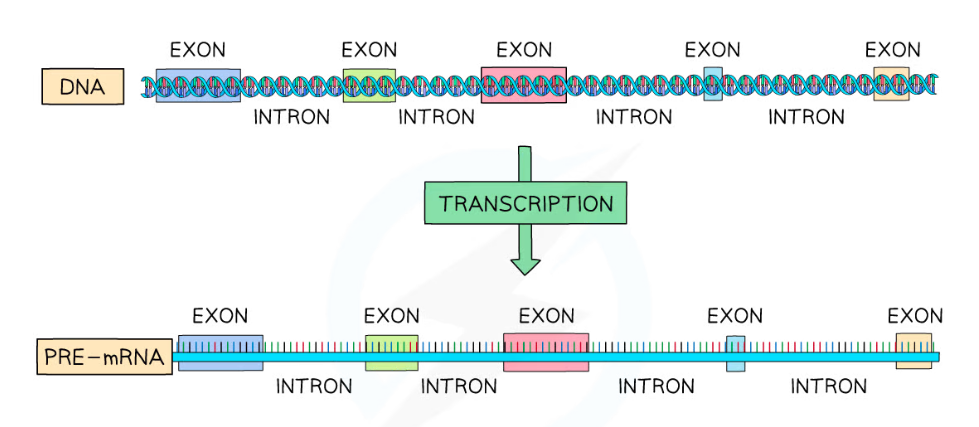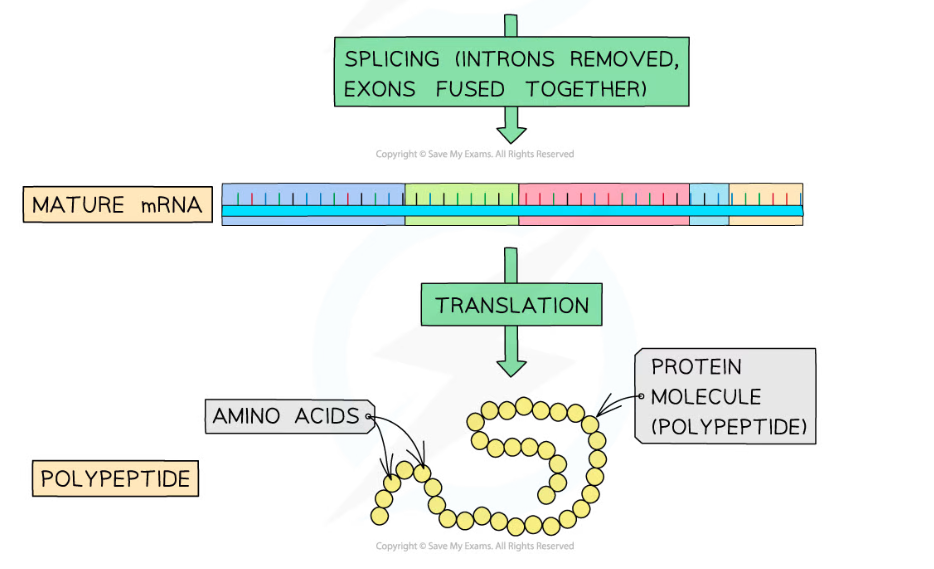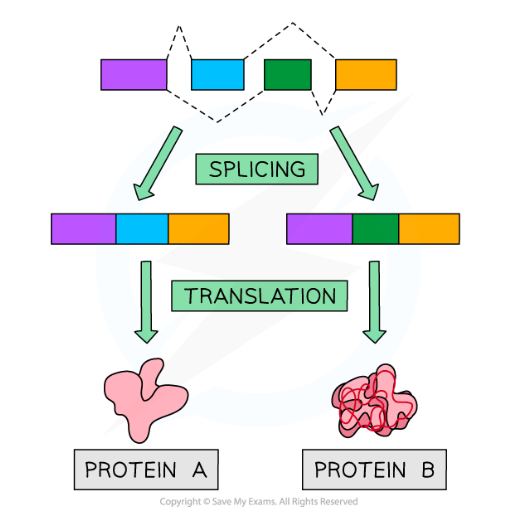- 翰林提供学术活动、国际课程、科研项目一站式留学背景提升服务!
- 400 888 0080
Edexcel A (SNAB) A Level Biology:复习笔记6.2.7 Post-transcriptional Modification
Post-transcriptional Modification
- Antibody molecules consist primarily of protein
- They contain four separate polypeptide chains, two of which are longer, heavy chains, and two of which are shorter, light chains
- The structure of the heavy chain determines whether an antibody will be bound to the membrane of a white blood cell, or secreted directly into the blood
- Some heavy chains contain an extra section which allows the antibody to bind to the surface of a white blood cell
- White all heavy chains are coded for by the same gene, post-transcriptional modification determines whether or not this extra section of protein is present in the heavy chain of an antibody
- Post transcriptional modification mechanisms include
- Splicing
- Alternative splicing
Splicing
- Polypeptides are made during the process of protein synthesis, during which the DNA base code is transcribed and translated
- The DNA code within eukaryotic cells contains many non-coding sections
- Non-coding DNA can be found within genes; these sections are called introns, while sections of coding DNA are called exons
- During transcription eukaryotic cells transcribe both introns and exons to produce pre-mRNA molecules
- Before the pre-mRNA exits the nucleus, a process called splicing occurs
- The non-coding intron sections are removed
- The coding exon sections are joined together
- The resulting mRNA molecule contains only the coding sequences of the gene
- Since these modifications are made after transcription occurred, they are called post-transcriptional modifications


Pre-mRNA is spliced before it exits the nucleus
Alternative splicing
- The exons of genes can be spliced in many different ways to produce different mature mRNA molecules through alternative splicing
- This means that a single eukaryotic gene can code for more than one polypeptide chain
- E.g. depending on the exons that are removed from the gene coding for the antibody heavy chain, it can produce either a membrane-bound or a directly secreted antibody

Alternative splicing of a gene can produce more than one type of protein
转载自savemyexams

早鸟钜惠!翰林2025暑期班课上线

最新发布
© 2025. All Rights Reserved. 沪ICP备2023009024号-1








